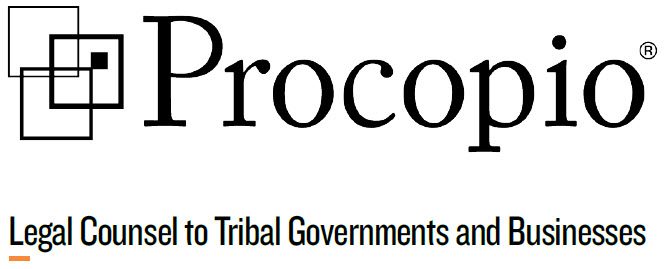
By: Summer Carmack | Native American Law Intern | summer.carmack@procopio.com
Greta Proctor | Partner | greta.proctor@procopio.com
Theodore J. Griswold | Partner | ted.griswold@procopio.com
New federal funding opportunities and a new guide released by the National Indian Education Association (NIEA) in July have spurred new interest from many Indian Nations about how public charter schools can serve the academic and cultural needs of Native American students. The U.S. Department of Education’s new grant funding is earmarked to help develop and sustain charter schools serving “Educationally Disadvantaged Students,” a defined term that includes “students who are Indians and students in Rural Communities.”* This chance to secure new funding, coupled with the flexibility charter schools provide to tribal communities, make public charter schools an attractive prospect for tribal governments and communities seeking to form their own education systems.
The NIEA handbook, through funding from the Walton Foundation, provides Indian Nations a framework for the development, design, establishment, and operation of tribal charter schools that offer a culturally-grounded education. “Charters allow American Indians to expand their sovereignty by controlling the type of education their children receive. . . Critical aspects of a person’s identity—values, traditional practices, knowledge, and language—can now be integrated into the curriculum offered by charter schools.” Native charter schools that incorporate a Native community’s framing of well-being into their educational model can also seek accreditation from the World Indigenous Nation’s Higher Education Consortia (WINHEC), in addition to traditional accreditation opportunities.
Some California-based tribal communities have already opened their own charter schools, in recognition of the advantages they can provide. For example, the Barona Band of Mission Indians opened the Barona Indian Charter School in 2002. Today, the school educates 88 students, consisting of Native American youth and non-Native children from surrounding communities, with a mission “to develop in [its] students a dedication to community service and the motivation and skills necessary for life-long learning.” Beyond combatting the effects of the federal government’s past assimilationist policies toward Native Americans, tribal charter schools help ensure cultural preservation by imbuing values, customs, stories, languages, and lifeways into a core fundamental curriculum. California—with the largest Native American population and most tribal reservations of any state—is poised to take advantage of increased funding and a more wide-spread understanding of the needs of Native students to open and sustain more tribal charter schools.
Charter schools are tuition-free public schools that operate independently from traditional school districts, through a contract (charter) developed between the school and a local school district, county or state. Charter schools are schools of choice: they provide expanded educational opportunities for parents within the public school system.
Charter schools have the flexibility to cultivate and design their own educational program that both incorporates state standards and meets the unique needs of their community. In exchange for the freedom to innovate, charter schools are subject to higher levels of accountability than traditional public schools.
More information about Procopio’s Education and Charter School practice group and useful tools for those in the Charter School industry are available here.
* Proposed Priorities, Requirements, Definitions, and Selection Criteria: Expanding Opportunity Through Quality Charter Schools Program, 83 Fed. Reg. 35,571, 35,572 (July 27, 2018).
 Greta Proctor represents charter schools throughout California from her Los Angeles office. She advises on the development of new charter schools, renewals, and all of the day-to-day issues facing charter schools. Greta is a regular presenter at charter school conferences and trainings. She has worked with diverse charter networks on replication.
Greta Proctor represents charter schools throughout California from her Los Angeles office. She advises on the development of new charter schools, renewals, and all of the day-to-day issues facing charter schools. Greta is a regular presenter at charter school conferences and trainings. She has worked with diverse charter networks on replication.
 Summer Carmack is a rising 3L at the University of Montana’s Alexander Blewett III School of Law, where she is an American Indian Law Certificate student focusing her studies in tribal economic development, sovereignty and natural resources. She is Managing Editor of the Public Land and Resources Law Review. Summer is a recipient of the 2018 Procopio Native American Law Student Internship.
Summer Carmack is a rising 3L at the University of Montana’s Alexander Blewett III School of Law, where she is an American Indian Law Certificate student focusing her studies in tribal economic development, sovereignty and natural resources. She is Managing Editor of the Public Land and Resources Law Review. Summer is a recipient of the 2018 Procopio Native American Law Student Internship.
 Ted Griswold is head of the Native American Law practice group and primary editor for the Blogging Circle. Connect with Ted at ted.griswold@procopio.com and 619.515.3277.
Ted Griswold is head of the Native American Law practice group and primary editor for the Blogging Circle. Connect with Ted at ted.griswold@procopio.com and 619.515.3277.
